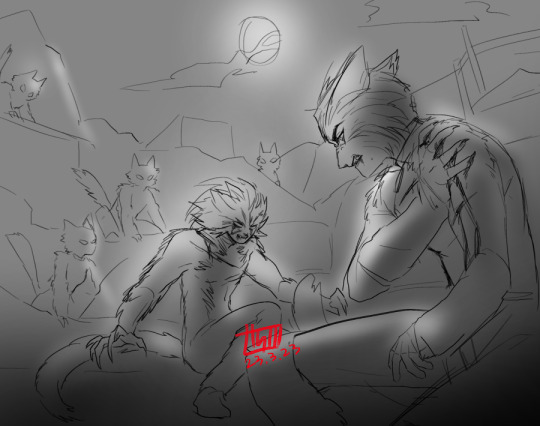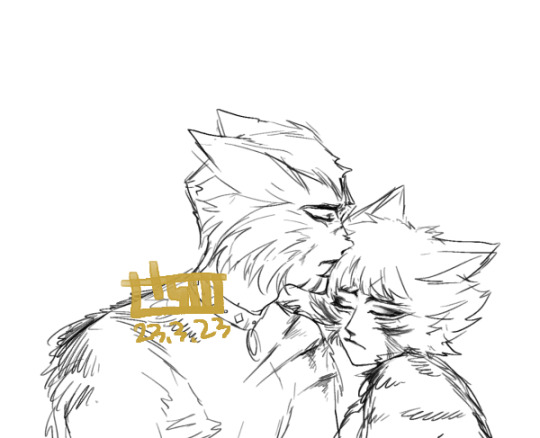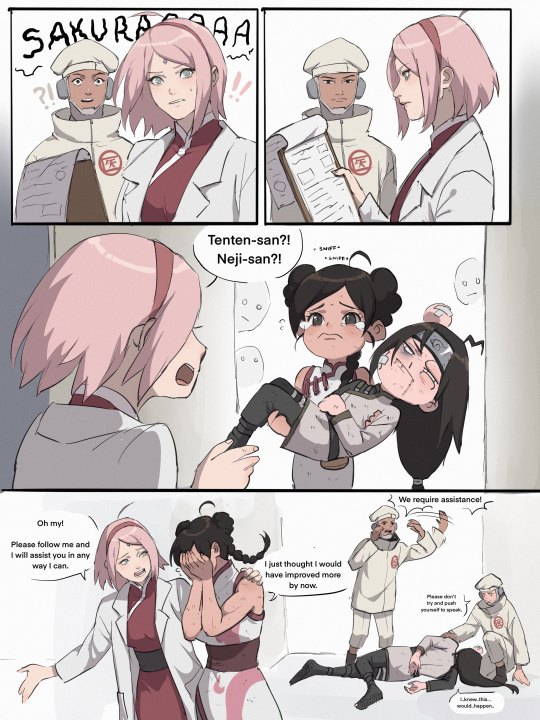Text
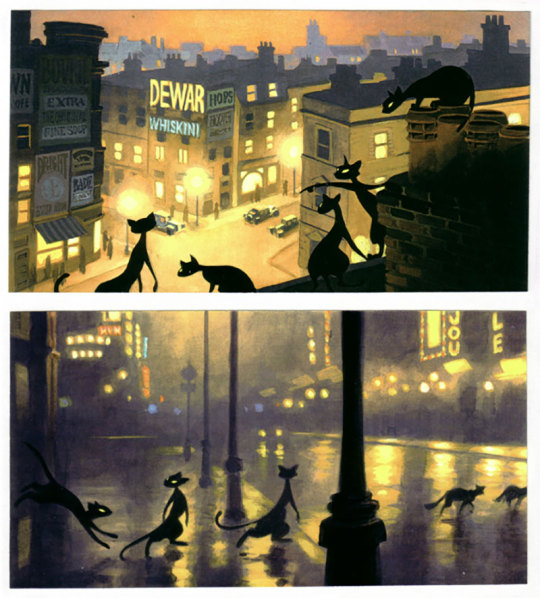
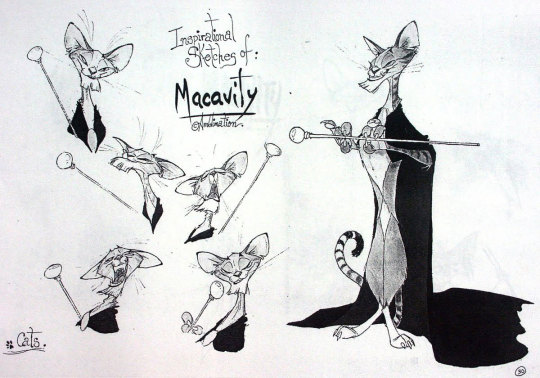
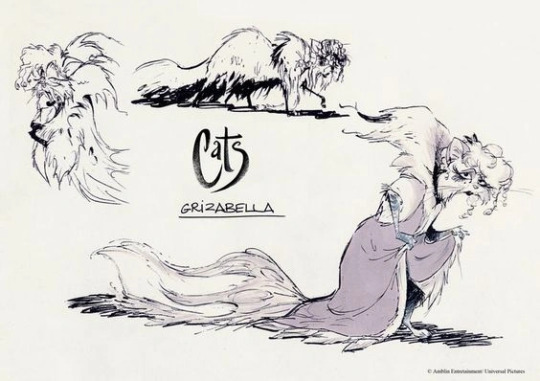
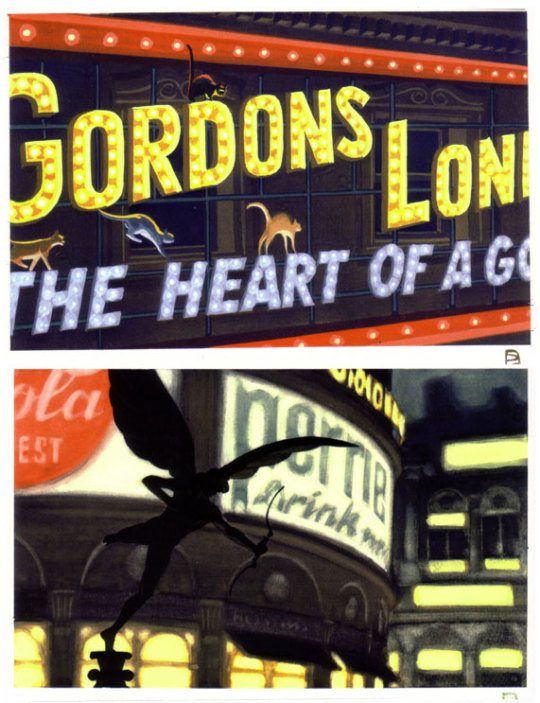
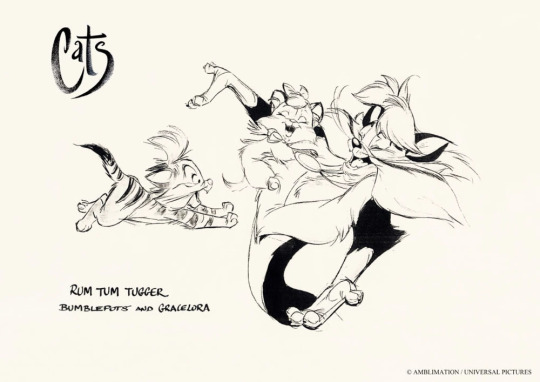
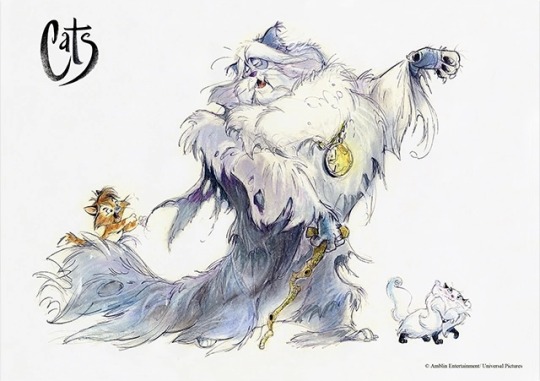
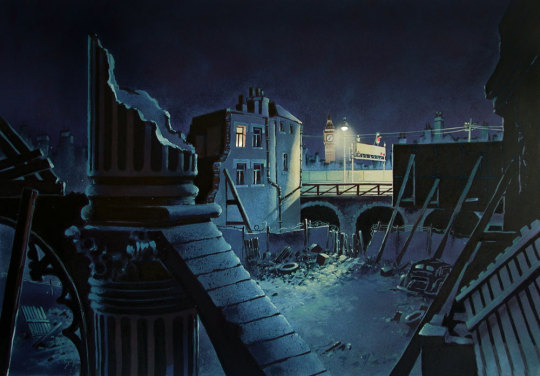
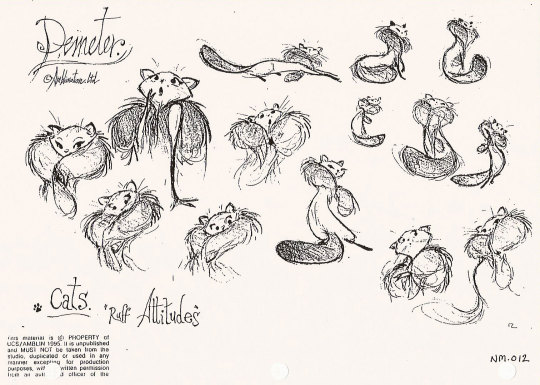

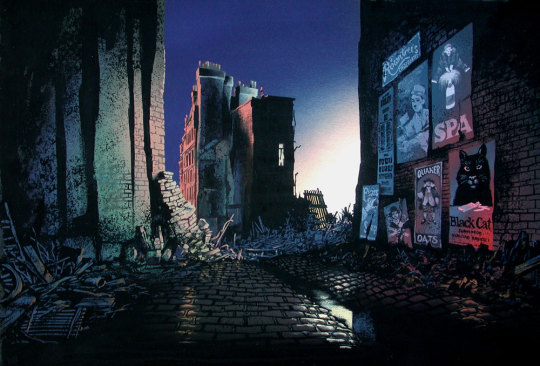
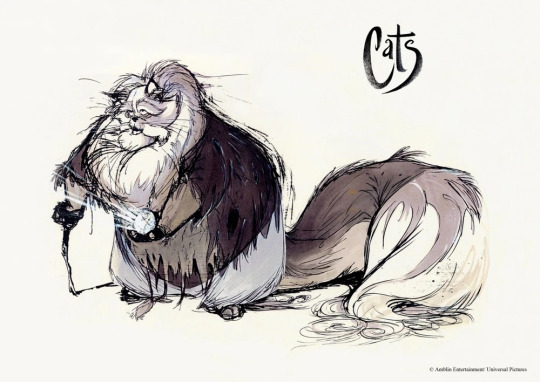
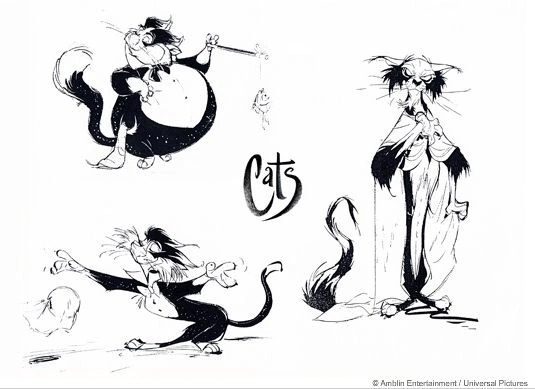
Just thinking about how they almost made an animated Cats The Musical in the 90s
14 notes
·
View notes
Text
How to Write Characters With Romantic Chemistry
Writing great chemistry can be challenging. If you’re not super inspired, sometimes the connection between your characters feels like it’s missing something.
Here are a few steps you can consider when you want to write some steamy romantic chemistry and can’t figure out what’s blocking your creativity.
1. Give the Love a Name
Tropes have a bad reputation, but they can be excellent tools when you’re planning or daydreaming about a story. Giving the romance a name also assigns a purpose, which takes care of half the hard plotting work.
You can always read about love tropes to get inspired and think about which might apply to the characters or plot points you have in mind, like:
Friends to lovers
Enemies to lovers
First love
The love triangle
Stuck together
Forbidden love
Multiple chance love
Fake lovers turned soulmates
There are tooooons of other tropes in the link above, but you get the idea. Name the love you’re writing about and it will feel more concrete in your brain.
2. Develop Your Characters
You should always spend time developing your characters individually, but it’s easy to skip this part. You might jump into writing the story because you have a scene idea. Then the romance feels flat.
The good news is you can always go back and make your characters more real. Give them each their own Word or Google doc and use character templates or questions to develop them.
You should remember to do this for every character involved in the relationship as well. Sometimes love happens between two people who live nearby and other times it happens by:
Being in a throuple
Being in a polyamorous relationship
Being the only one in love (the other person never finds out or doesn’t feel it back, ever)
There are so many other ways to experience love too. Don’t leave out anyone involved in the developing relationship or writing your story will feel like driving a car with only three inflated tires.
3. Give the Conversations Stakes
Whenever your characters get to talk, what’s at risk? This doesn’t have to always be something life changing or scary. Sometimes it might be one character risking how the other perceives them by revealing an interest or new fact about themselves.
What’s developing in each conversation? What’s being said through their body language? Are they learning if they share the same sense of humor or value the same foundational beliefs? Real-life conversations don’t always have a point, but they do in romantic stories.
4. Remember Body Language
Body language begins long before things get sexy between your characers (if they ever do). It’s their fingertips touching under the table, the missed glance at the bus stop, the casual shoulder bump while walking down the street.
It’s flushed cheeks, a jealous heart skipping a beat, being tongue tied because one character can’t admit their feelings yet.
If a scene or conversation feels lacking, analyze what your characters are saying through their body language. It could be the thing your scene is missing.
5. Add a Few Flaws
No love story is perfect, but that doesn’t mean your characters have to experience earth shattering pain either.
Make one laugh so hard that they snort and feel embarrassed so the other can say how much they love that person’s laugh. Make miscommunication happen so they can make up or take a break.
People grow through their flaws and mistakes. Relationships get stronger or weaker when they learn things that are different about them or that they don’t like about each other.
6. Create Intellectual Moments
When you’re getting to know someone, you bond over the things you’re both interested in. That’s also a key part of falling in love. Have your characters fall in intellectual love by sharing those activities, talking about their favorite subjects, or raving over their passions. They could even teach each other through this moment, which could make them fall harder in love.
7. Put Them in Public Moments
You learn a lot about someone when they’re around friends, acquaintances, and strangers. The chemistry between your characters may fall flat if they’re only ever around each other.
Write scenes so they’re around more people and get to learn who they are in public. They’ll learn crucial factors like the other person’s ambition, shyness, humor, confidence, and if they’re a social butterfly or wallflower.
Will those moments make your characters be proud to stand next to each other or will it reveal something that makes them second guess everything?
8. Use Your Senses
And of course, you can never forget to use sensory details when describing the physical reaction of chemistry. Whether they’re sharing a glance or jumping into bed, the reader feels the intensity of the moment through their five senses—taste, touch, sight, sound, and smell.
Characters also don’t have to have all five senses to be the protagonist or love interest in a romantic story. The number isn’t important—it’s how you use the ways your character interacts with the world.
-----
Anyone can write great romantic chemistry by structuring their love story with essential elements like these. Read more romance books or short stories too! You’ll learn as you read and write future relationships more effortlessly.
5K notes
·
View notes
Text

Notes from a 5-day creative writing course:
Motivation
Make it a habit. That way, each time that familiar voice of self-doubt makes its appearance, it’ll be easier to ignore it, because writing will become something that you do-your thing-and you’ll gain confidence in it.
Visit your novel every single day. It doesn’t necessarily mean that you have to write something every day. You could outline the plot, or write character portraits, or draw a special part of your world. Your subconscious will work on your story even when you don’t. So, each time you visit the story consciously, you’ll find that things have developed in the story.
Manage the time of writing in a way that it is manageable for you. (It can be that one hour between classes or your lunch break or the morning before you go to work or at night before you sleep - Schedule it in a way that suits you and then, be serious about it.
Set a goal. For example, 100 or 500 words a day.
Keep reading
2K notes
·
View notes
Text
How to create internal conflict in your characters
Developing internal conflict in book characters is essential to creating well-rounded and compelling characters that readers can relate to and empathize with. Here are some tips to help you create internal conflict in your book characters:
Give your characters a goal
Every character needs a goal, and their internal conflict should stem from the obstacles they face while trying to achieve that goal. When a character has a clear goal, it helps to create tension and conflict within themselves.
Create a backstory
A character's backstory can be a powerful tool in creating internal conflict. Explore their past experiences and how they have shaped the character's current beliefs and values. This can help to create internal conflict by highlighting contradictions or inconsistencies in the character's beliefs or behaviors.
Use a character's flaws
A character's flaws can create internal conflict by causing them to question their own judgment or struggle with their sense of self-worth. Consider giving your characters a flaw or two, and show how these flaws cause them to make mistakes or struggle with their decisions.
Show conflicting emotions
A character can experience conflicting emotions, such as feeling both love and hate towards another character, or wanting to do what is right but being held back by fear. By showing these conflicting emotions, you can create internal conflict within the character.
Use external events
External events can also create internal conflict in characters. For example, a character who has always believed in following the rules may be forced to break them to save someone they love. This can create an internal conflict within the character as they struggle with the consequences of their actions.
By using these techniques, you can create complex and engaging characters that readers will be invested in. Remember that internal conflict can be just as important as external conflict in creating a compelling story. And as always, our tips are just suggestions! Hope this helps you with your writing :)
2K notes
·
View notes
Text
Tension vs. Conflict: What’s the Difference?
Good morning everyone! It’s my birthday today and because it’s my birthday I thought I’d post today (that’s kind of an obscure reference to Star Wars Guy and his girlfriend lol)!
Conflict and tension in literature help build drama and keep readers engaged through the end of the book. Learning the distinctions between conflict and tension will help elevate your writing and make your storylines more engaging.
What Is Tension in Writing?
Tension in a literary context is the sense that something ominous is right around the corner. Building a large amount of tension as a writer keeps your readers engaged up until the end of the story. Mystery novels are full of tension and foreboding, and they generally feature tense scenes from beginning to end. Working within the genre of mystery writing is a great way to learn how to layer tension into your narrative arc. Good use of tension makes a story worth reading and keeps readers guessing.
3 Tips for Using Tension in Your Writing
Learning to build tension is no easy task. Even the most seasoned professional writers have trouble maintaining tension from beginning to end. Here are a few tips for using tension successfully in your writing:
Foreshadowing: An important part of building tension is using foreshadowing to build dramatic tension and keep readers on the edges of their seats. In Harry Potter, author J.K. Rowling uses flashbacks and backstory to foreshadow the eventual major conflict that will unfold between Harry Potter and the villainous Voldemort.
Inner conflict: Sometimes inner conflict and self-doubt can be layered in through character development and used to build levels of tension. In William Shakespeare’s Hamlet, the main character wants to avenge his father’s death but is beset by self-doubt, paralyzing indecision, and mental strain. As an audience, there is a sense of tension in every scene as we wait to see if Hamlet will act on his inner desire for retribution or remain stuck in a place of indecision.
A time limit: One great way to build tension in your story is to place a time limit on an action your character has to undertake. By adding the element of a ticking clock, you build tension and increase stakes. This is a common technique used in thriller novels and films as well as action and adventure stories.
What Are the Differences Between Conflict and Tension?
While tension simmers under the surface, conflict is generally out in the open—it's tension realized. Tension might be present an unspoken rivalry between the protagonist and antagonist or in the audience’s awareness of an impending disaster.
Conflict, on the other hand, involves an active clash; maybe the protagonist and the antagonist engage in a firefight or a heated debate, or maybe a character fights off a pack of animals or works to prevent climate catastrophe. Even if the conflict is interior—a character battling low self-worth, perhaps—it still involves opposing forces struggling for supremacy.
What Is Conflict in Writing?
Conflict can come in many forms. Conflict in a story can be a physical fistfight or a passive-aggressive war of words. All that is required for conflict is a manifestation of disagreement or incompatibility between a character and something else. Characters can be in conflict with other characters, with natural forces, or with society at large.
Another type of conflict is internal conflict. Conflict is one of the fundamental principles of narrative and creative writing. In order to write a story worth reading, you need characters whose point of view is in some way challenged and to whom bad things happen. Without conflict, you won’t have a narrative or any meaningful character arc.
4 Types of Conflict and Tips for Using Them in Your Writing
The kind of conflict you use depends on what your plot and subplots are centered around and what your main character wants and needs. New plot points generally introduce conflict or advance existing conflict. Here are some types of conflict to employ in your writing and a few tips about when and how you migh
Person vs. self: An internal conflict is a kind of conflict that only manifests within a character’s head. Though we may see this conflict dramatized through narration or dialogue, or play out in the protagonist’s actions, it is an internal struggle within a character.
Person vs. person: The simplest and most common form of external conflict is when two characters are in conflict with each other. The first stories we are told as kids generally have a clear good guy and bad guy. These stories are early introductions to person vs. person conflict. Person vs. person conflicts are very common, and it’s rare to find a narrative without an interpersonal conflict present at some point in the story.
Person vs. nature: Conflict between a person and forces of nature is a good example of external struggle that can raise the stakes in a story. Some notable stories that included conflict between a person and a natural force include The Old Man and The Sea by Ernest Hemingway and Robinson Crusoe by Daniel Defoe. Consider using person vs. nature conflict if you’re interested in writing a story with one main character and few, if any, supporting characters.
Person vs. society: Conflict between a person and society at large is a type of conflict often found in science fiction. Some notable examples of this type of conflict are found in The Handmaid’s Tale and The Hunger Games series. In The Hunger Games, Katniss Everdeen finds herself contending with a dystopian and oppressive United States government that pits citizen against citizen in order to keep dissent down and quell rebellion. If you’re interested in science fiction or narratives about social justice, you might want to consider exploring conflicts that pit an individual character against society at large.
2K notes
·
View notes
Text
Subplots 101
Subplots are an essential part of storytelling that can add depth and complexity to your book's overall narrative. This post covers a step-by-step guide to making subplots, general tips, and some examples of subplots in YA books.
Step-by-step guide to making a new subplot
Identify a secondary character
Consider a secondary character in your story who is not directly involved in the main plot. This could be a friend or family member of the protagonist, or a peripheral character who has a unique perspective on the world of the story.
Create a conflict
Think about a conflict or challenge that this character could face, which could be related to their personal life or a separate issue in the story. This conflict should be something that the character needs to overcome or resolve.
Connect the subplot to the main plot
Consider how this subplot could connect to the main plot. This could involve having the main character help the secondary character with their conflict, or having the subplot reveal important information that impacts the main plot.
Develop the subplot
Once you have established the groundwork for the subplot, develop it in detail, including the character's motivations, the obstacles they face, and the resolution to the conflict.
General tips for a good subplot:
Make sure your subplots are related to the main plot
Subplots should be tied to the main plot in some way, either by affecting the main character or providing additional context for the story.
Develop separate character arcs
Your subplots should have their own character arcs that tie in with the main character's arc. This allows for additional character development and can help create a more immersive world.
Use subplots to reveal new information
Subplots can be a great way to reveal new information about the world or characters that might not be relevant to the main plot. This can help make the world feel more alive and fleshed out.
Keep subplots contained
Subplots should not take over the main plot. They should be contained and serve to enhance the main plot rather than distract from it.
Examples of subplots:
Harry Potter and the Goblet of Fire by J.K. Rowling
Harry and Draco's rivalry
Hermione's fight for the rights of house-elves
the mystery surrounding the Death Eaters.
The Hunger Games by Suzanne Collins
The main plot of The Hunger Games is Katniss's fight to survive in the games. However, there are several subplots that tie into the main plot, such as her complicated relationship with Peeta and her struggle to reconcile her feelings for him with her need to survive.
Remember, subplots should enhance and support the main plot of your story, adding depth and complexity to the overall narrative. I'd recommend having 2-3 subplots of varying depth, depending on how important they are to the story, but obviously that's entirely up to you.
1K notes
·
View notes
Text
Color synonyms cheat-sheet
Here’s my ultimate list of synonyms for every colour that you can use in your descriptive writing! Save this post to find them easy later.
Red
scarlet
vermillion
ruby
blood
wine
cerise
crimson
cherry
maroon
coral
rust
sanguine
blush
burgundy
Blue
azure
cobalt
sapphire
cerulean
marine
navy
indigo
teal
denim
ocean
lapis
sky
turquoise
Yellow
amber
gold
lemon
sand
saffron
ivory
dandelion
honey
butterscotch
mustard
canary
flaxen
maize
Green
olive
emerald
grassy
verdant
sage
lime
pine
juniper
chartreuse
seafoam
moss
fern
jade
forest
Black
jet
obsidian
onyx
raven
charcoal
ink
shadowed
dark
midnight
grease
void
White
pearl
alabaster
egg shell
cotton
snow
ivory
frost
bone
powder
light
chiffon
cream
ashen
Orange
amber
tangerine
marigold
clay
apricot
peach
sandstone
honey
bronze
fire
ochre
titian
auburn
Purple & Pink
lavender
plum
lilac
violet
magenta
mauve
orchid
blush
fuschia
salmon
grape
mulberry
periwinkle
iris
Brown
chestnut
hazel
ginger
sepia
mahogany
cedar
cinnamon
beige
bronze
auburn
coffee
walnut
wood
umber
tawny
5K notes
·
View notes
Text
Some Things I Wish I Knew as a Baby Writer
You can find writing advice of every shape and form online, and most of it will never fit your process entirely.
I wish someone had told me that it's ok to disagree with the advice you see, even if the person is more experienced than you.
I wish someone had told me that writing is part craft part art; there is no right way to build a fictional concept, only tried and tested ways to bring it to life.
I wish someone had told me that it's ok to fail.
So I'm telling all of you this:
Failure is a blessing because we can learn from it
Success is dangerous because it can make us complacent
The joy of creation outweighs the comfort of acclaim
Persistence matters more than talent in most cases
Writing as a hobby and writing as a job are two different beasts, neither is better or worse
The stories you hate most may be your best because they have tried you and frustrated you; we rarely see the beauty in our own faces - our writing is no different.
You deserve to love your stories, but it's not the only way to measure growth.
1K notes
·
View notes
Text
Terms every writer should know
Here’s a quick cheat-sheet to some common terms you may run into during your writing career!
Alpha reader: A person that reads the manuscript with the knowledge it is unfinished and provides content feedback & support (like a coach, mentor or friend).
Beta reader: A person that reads the manuscript for the purpose of finding plot holes, sensitivity issues, and provide feedback, pre-publication.
Back matter or End matter: Additional content at the end of a book, such as acknowledgements, author bio, afterword, etc.
Front matter: Content preceeding the beginning of a book, such as publication information, dedication, title page, table of contents etc.
House: A publishing house.
Developmental editing: Editing that helps develop the content of a book, point out logic, inconsistencies, and focus the idea.
Line editing: Editing that helps the consistency and concision of the author’s style, finds redundancies, and fixes grammar.
Copy editing: Editing that focuses on grammar, punctuation, spelling and vocabulary.
Passive voice: In passive voice, the subject is the person or thing being acted upon.
Active voice: In active voice, the person or thing performing the action serves as the subject of the sentence.
Flash fiction: Extremely short stories, usually of up to 1,000 words.
In medias res: Starting the narrative from the middle of the story.
Deus ex machina: Term for a common trope where all issues are resolved by a god-like force, typically when one writes themselves into a corner and cannot resolve the conflict in any other way.
Head hopping: A common error in narrative perspective, where the writer gives access to internal thoughts of two or more characters within a scene.
Dialogue tags: Sentences that frame dialogue to let the reader know who’s speaking.
Story beat: A structural element of narrative that signals a shift in tone, plot, or character. Can be used for chapters, scenes, and outlines.
Pacing: The rate at which a story progresses.
Pinch point: An event in the plot that adds pressure to the characters.
Plot point: A major turning point in a story structure.
Logline: The story summary in one single sentence, much like a premise or an elevator pitch.
Synopsis: A detailed description of a story’s plot, for the purpose of sharing with literary agents.
R&R: Revise & resend: A changed or revised manuscript requested by agents or editors.
Manuscript: The main body of an unpublished book.
Shelf time: The time during which you set aside your project to come back to it with a fresh perspective.
Zero draft or vomit draft: A draft written by the author solely for themselves, used to get the story out on the page without external pressure.
Exposition: Where background explanation about the story, world, or characters is provided.
Subtext: The meaning behind the text, the dialogue, the plot, or the characters.
MC: Main character.
Motif: An image, phrase, or symbol repeated throughout the book for thematic significance.
Theme: The moral statement, argument, or question at the heart of a story.
Trope: A cliched story element, particular to certain genres.
Save the post so you can find them easily 😊
8K notes
·
View notes
Text

Vogue model Seoyoon Um is living the dream....
2022 Asia tour, February 2023 (X X). Check this tag for more gifs and photos from this shoot!
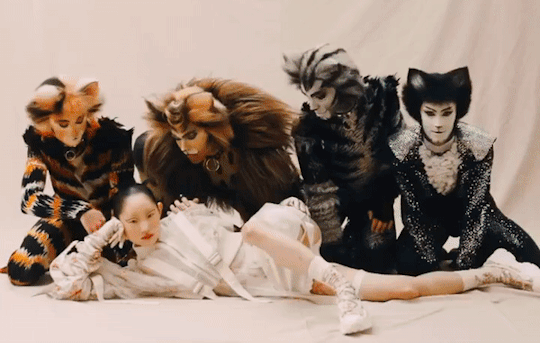
Billy Mahoney as Mungojerrie, Jack Danson as Tugger, Matt Krzan as Munkustrap—and Xavier Pellin doing his usual Mistoffelees thing where he prefers to flirt with the audience rather than anyone onstage with him.
2022 Asia tour, February 2023 (X X X). Check this tag for more gifs and photos from this Vogue photoshoot!
Oh, and outtake with Jerrie failing at smoulder and making the model giggle:
157 notes
·
View notes
Photo



NejiTen Month 2021 - Day 1 | Wedding
I had tons of fun working on this prompt~
2K notes
·
View notes
Note
Ship ask game: Neji and Tenten
ami this is obvious bait
….that said, channeling my inner Adele. We could have had it all.
SHIP IT!
1. What made you ship it?
I’ve said it before in a million different ways, but it kind of boils down to me watching and WAITING for them to be canon. Every little interaction felt like a hint— Tenten being Neji’s personal trainer and hype man for the chunin exams, the two of them having so much alone time while Lee was on medical leave, Neji saving Tenten’s life in the fight against Kisame, the fact that they were the “sane” half of Team Gai and endured that together… honestly, especially because it was a Big Deal that Team Gai was older than everyone else, I fully expected for Shippuden to start with them being a Couple™️. Like they’d kind of pave the way for all the other romance plots. They’re older, so of course they’d get into romantic relationships first.
2. Favorite things?
The evidence is Right There. Like, trust me, I have ships that I have to REACH for— Nejiten is not one of those ships, despite not being in the foreground or being canon. Literally every time I rewatch any scene of theirs, a new detail stands out to me. “If you’re looking for a red car you’ll find a red car” okay, true, but the writers stuck Nejiten in a bright red car and put them in the background. They really had something going on from the EARLY days. Even just the way they talk about each other is so askdkskskdl.
Also, them being together would have been the perfect resolution to the Hyuga clan storyline— Neji being a free bird, choosing his own path including his own spouse, whomever he wants regardless of their lineage… and he’d pick Tenten a thousand times over, a girl with no clan or secret jutsu to speak of, a girl who has been there for him since the beginning, a girl who everyone else consistently overlooks… Neji’s power has always been in his eyes. Of course he wouldn’t overlook Tenten.
3. Unpopular opinion?
Re: my opinion that Lee and Gaara should have been rivals… Nejiten should have been rivals.
Maybe it’s more of a joke between them than anything else. There’s Gai and Kakashi, Lee obsessing over his (one-sided) rivalry with Gaara Thee Kazekage… I’m picturing Tenten getting sick of listening to Gai and Lee ramble on, like “would you two shove it, there are more important things in life than rivalries, can we please focus on training now” and Neji, ever the antagonist, is like “idk Tenten, it kind of sounds like you’re jealous that you don’t have a rival.” And she’d turn on him so fast like “oh are you offering?” And he’d get all snooty like “oh PLEASE, as if you could EVER be on my level.” And she’s like “we’ll see about that.”
Tenten’s arc could easily mirror Lee’s canon one (very “I know this goal is unattainable but that doesn’t mean I won’t get as close as I can”) and would give her and Neji more alone time to train etc., or at least leave room to expand upon what could have possibly occurred in their (canon implied) interactions.
35 notes
·
View notes
Text
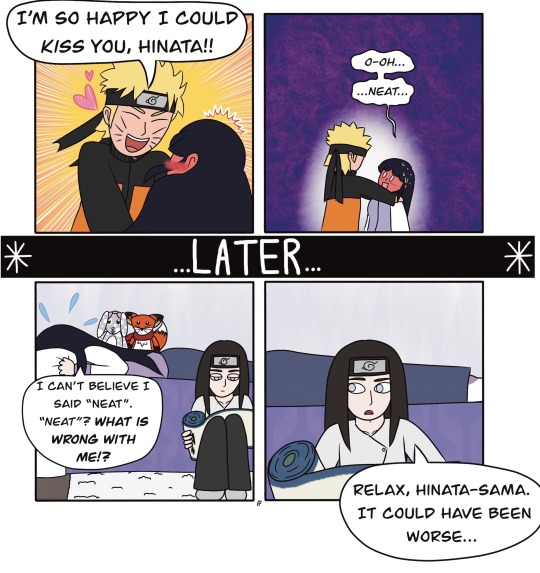
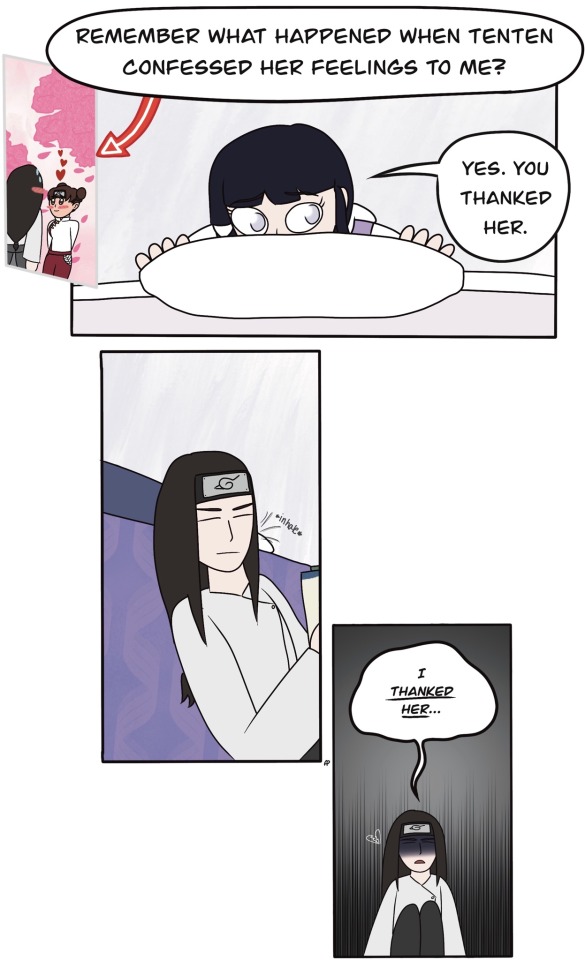
Hyugas are not the best at feelings
((🚫 do not repost 🚫))
941 notes
·
View notes
Text
Being a writer is just 97% googling words to make sure they mean exactly what you always assumed they meant.
49K notes
·
View notes
Text
CATS meets Chicago!
From Tayler Harris' Tiktok.
US Tour 6; Chicago, IL, 26 February 2023.
Featuring Tayler Harris as Grizabella, Kade Wright as Munkustrap, Nora DeGreen as Demeter, Allyson Duarte as Jellylorum, Michelle E. Carter as Jennyanydots, Yuka Notsuka as Victoria, Sam Bello as Sillabub, Ellie Chancellor covering Bombalurina, Lexy Bittner as Cassandra, Dominic Fortunato as Pouncival, Samuel Buchanan as Plato, Hank Santos as Rum Tum Tugger, Brendan Moran as Tumblebrutus, and Taryn Smithson as Rumpleteazer.
50 notes
·
View notes
